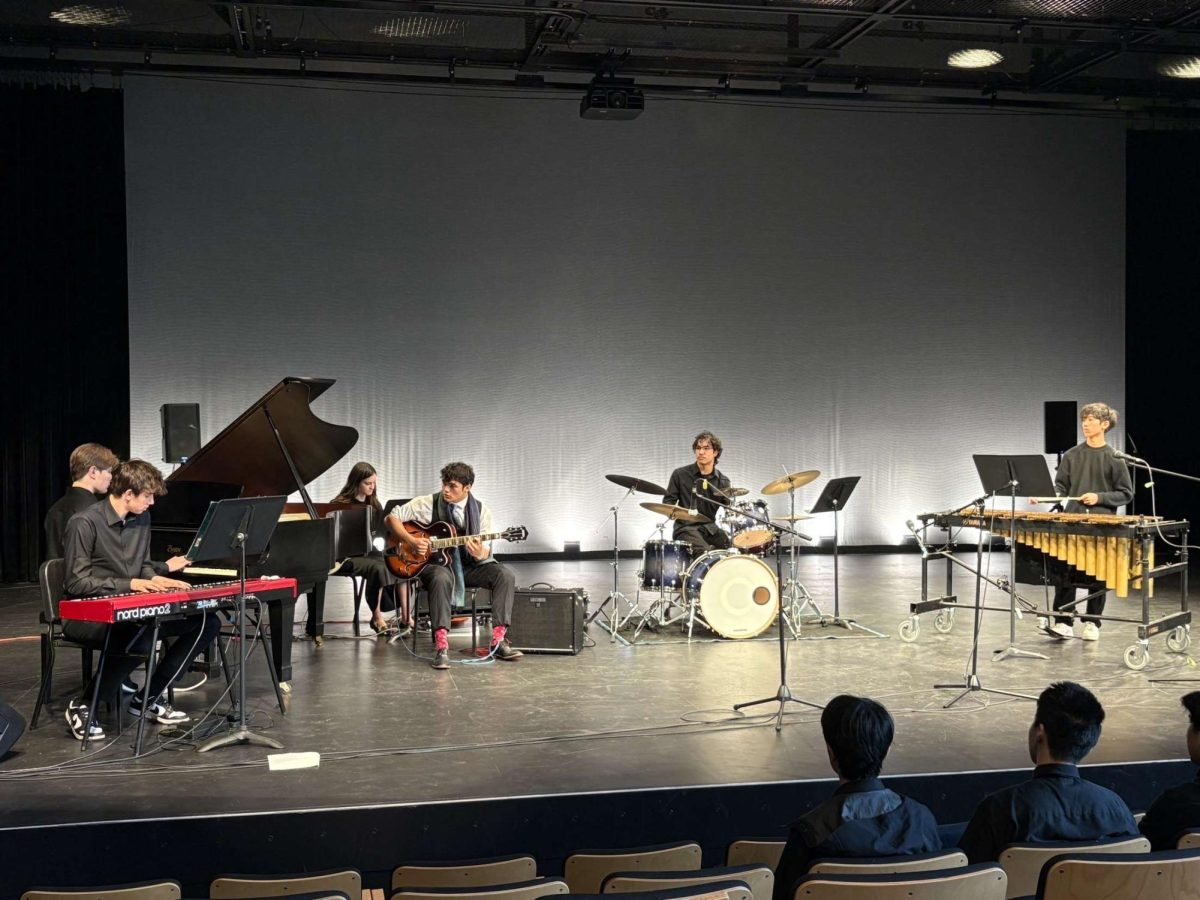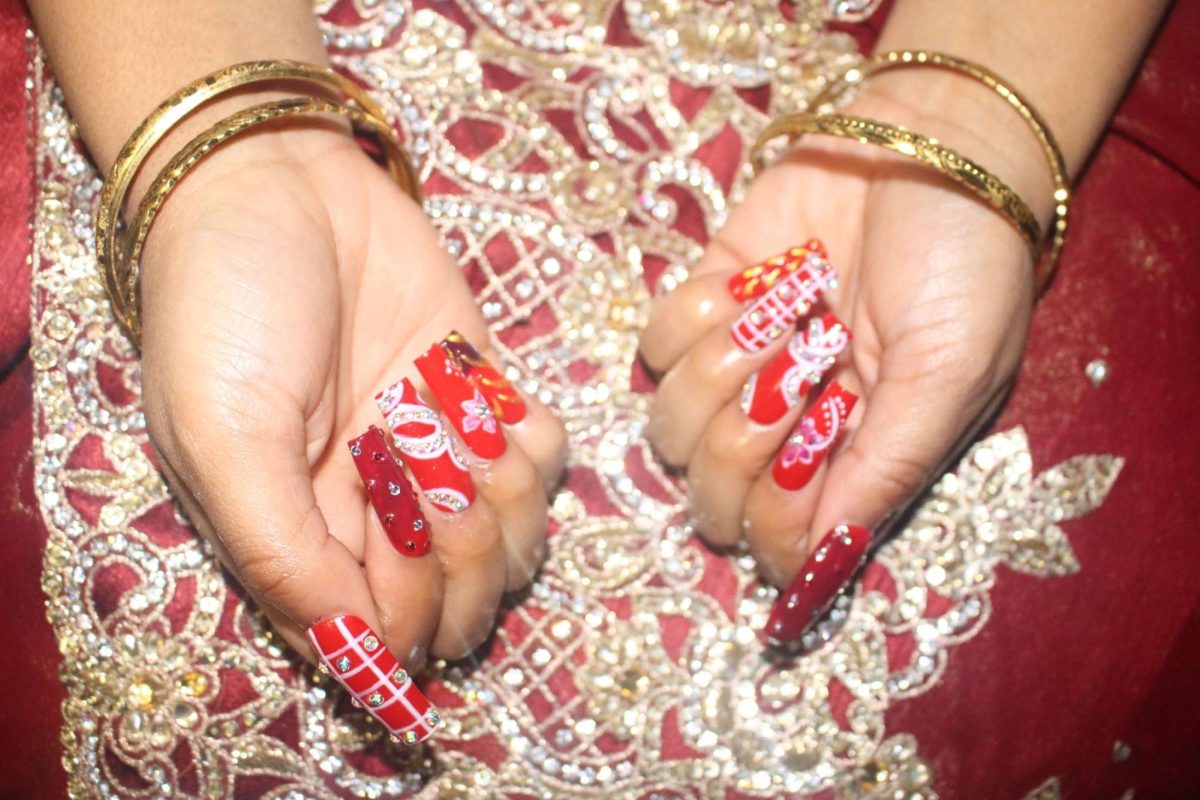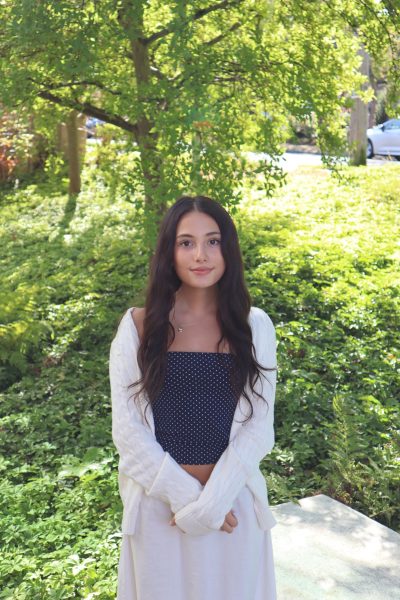Walking around Prep’s campus you might look around and see students decked out in the latest clothing trends. What is not so easy to see are the hours of blood, sweat, and tears put into the production of these items. It is found that 80% of apparel is made by young women between the ages of 18 and 24, many of whom face dangerous work conditions, unfair pay, and forceful leadership. Additionally, the industry is the second-biggest consumer of water and is responsible for about 10% of global carbon emissions. It can be so tempting to partake in the practice of fast fashion: shopping at mass-market retailers at shockingly affordable prices for clothes that will be out of style by next season. However, there are sustainable alternatives that can benefit the clothing cycle and help to stop the support of massive companies taking advantage of their employees.
Over recent years, thrifting has grown in popularity, giving a well-deserved respect to the art of shopping secondhand. Visiting a thrift store or an online resale platform can help give life to clothing that is not in use anymore and help expand your wardrobe. For clothing collectors, shopping vintage can be the best way to secure pieces from their favorite brands that have decreased in their quality over the years. Of course, it is important to contribute to the life cycle of your own clothes by donating or selling your own pieces, rather than letting them collect dust at the bottom of your closet.
Here at Prep, the Environmental Alliance has started the tradition of holding clothing swaps for students to bring in old clothes and trade them out for something new. Leaders say, “There is so much energy around this event, it is fun for students to have an active role in sustainability in a creative way. Also, a huge benefit of this event is that it raises awareness of how much we can reuse clothing instead of always looking to buy new items.”
Even for those not yet open to shopping second-hand, there are still ways to stop the spread of fast fashion. Supporting sustainable brands and investing in higher quality pieces made with natural materials are the perfect first steps. Whether you are upcycling old jeans or styling a new sweater, remember that Prep is a safe space to be creative and embrace your personal sense of style.






